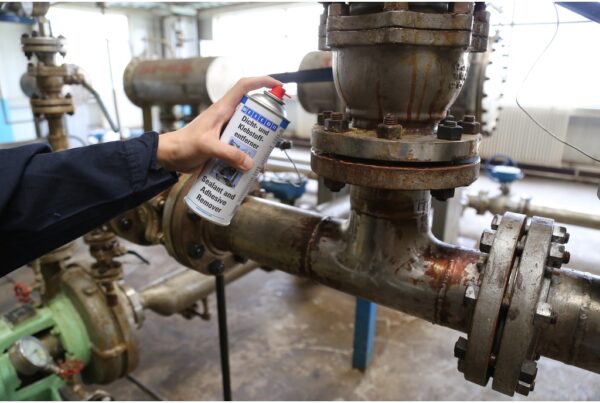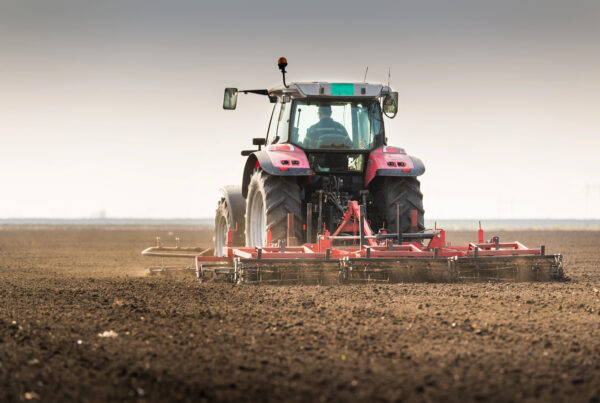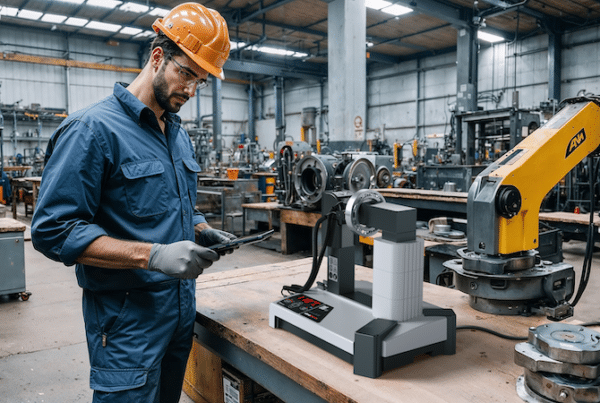Relubricating the bearing is not as easy a task as it first seems. If an unprofessional hand starts working on it, then it can do even more damage than the benefit of performing the operation. Learn the 5 most important things to look out for!
The worst nightmare for car owners is to once refuel with diesel instead of gasoline or vice versa. This could cause a lot of damage to the car as well as repair costs would be very high due to such inattention. A similar error can also occur in the machine design process when we need to select the right bearing and not take care of its proper maintenance.
1. Remove the old one
Bearings are usually manufactured with lubricant, but in large packages, these factory lubricants have their limitations. It is advisable to replace this material with a lubricant that best suits the application for which it is intended to be used before installation. This ensures the longest possible service life for the bearing. This process should begin with a thorough removal of the factory lubricant, be it oil or grease. However, this is often not so simple, so one prefer to skip the lubricant change during installation. In addition, grease is much harder to remove than oil. However, the use of ultrasound, which gently removes grease, can be an effective method to avoid possible damage to the bearing.
2. Put in the new one
Choosing the optimal lubricant is not easy either. First of all, you need to know exactly what the bearing is for and what its characteristics are, such as speed, temperature, clearance, noise level, water resistance, or just whether it will be used in the food industry. These are all determining factors. Fortunately, we now have a wide range of lubricants available so we can find the right lubricant for every application.
3. Quality control
Be sure to relubricate in a clean environment to prevent dirt from getting inside the bearing, which could damage it and shorten its life. It is important to choose a good quality lubricant. Today, they are manufactured and inspected according to strict rules, so we can be sure of their reliability. The recommended amount of lubricant also depends on the method of application. For example, for a bearing used in a high speed application, it is important not to overfill the lubricant because overheating caused by the friction factor can cause a problem. The lower lubrication level is more ideal for bearings where the rotational resistance is low. It is also important to note that some greases used at high operating temperatures can be very hard at low temperatures so even smaller amounts are enough for ideal greasing.
4. Labeling
This may seem like a small thing, but it is very important in the process of greasing. In the case of bearings that require continuous greasing, there may be mixing of lubricants, which can lead to failure. If there are bearings of the same size in a machine that need to be relubricated with different greases, the lubricants can be easily changed. The best thing to do in this case is to completely clean the bearing and start the lubrication process from the beginning.
5. Packaging
After changing the lubricant, all that is left is the packaging, which should be done at least as carefully as the lubrication itself. Proper packaging can prevent damage and corrosion during transport. Remember to use anti-corrosion oil on steel surfaces, this is vital to protect the outside of the bearings.
If you have any further questions, feel free to contact our expert colleagues!
Source: bearingtips.com



